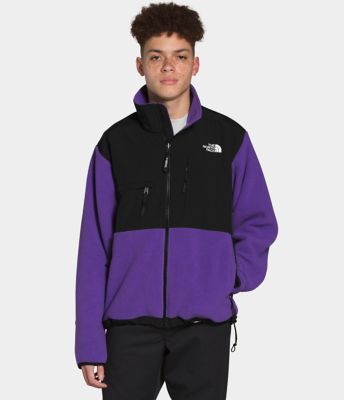Charlie Unisex Cosy Jogger – Charcoal – MESHKI U.S
Things we love: reality TV, wearing joggers, watching reality TV while wearing joggers. But this isn’t just another pair of joggers.
Things we love: reality TV, wearing joggers, watching reality TV while wearing joggers. But this isn’t just another pair of joggers; we’ve updated your wardrobe MVP with the perfect rise, shape and length. They come in 2020’s most iconic neutral shades, are fitted out with seamless pockets, and are made from an insanely soft, fleece-backed jersey designed for maximum chill. As in, extreme lounging and weather surprises. Stamped with the coordinates of where it all began.
- Angie is 166cm and wears an S
- Ishmael is 185cm and wears an M (CHEST 97cm / 38in | WAIST 84cm / 33in)
- 85% cotton 15% polyester
- Gentle wash
- Wash with similar colours
- Do not soak
As a general rule of thumb, we ask our men to go a size up from your usual.
Additional information
| Mens Sizing | S CHEST 34" – 36" (86-91 cm), WAIST 29" – 31" (74-79 cm) |
|---|






by Mary
the outfit is very comfy and oversized. super cozy would definitely recommend. You should size down, they run big.
by Bria
i love the oversize fit of these joggers! the material is AMAZING!